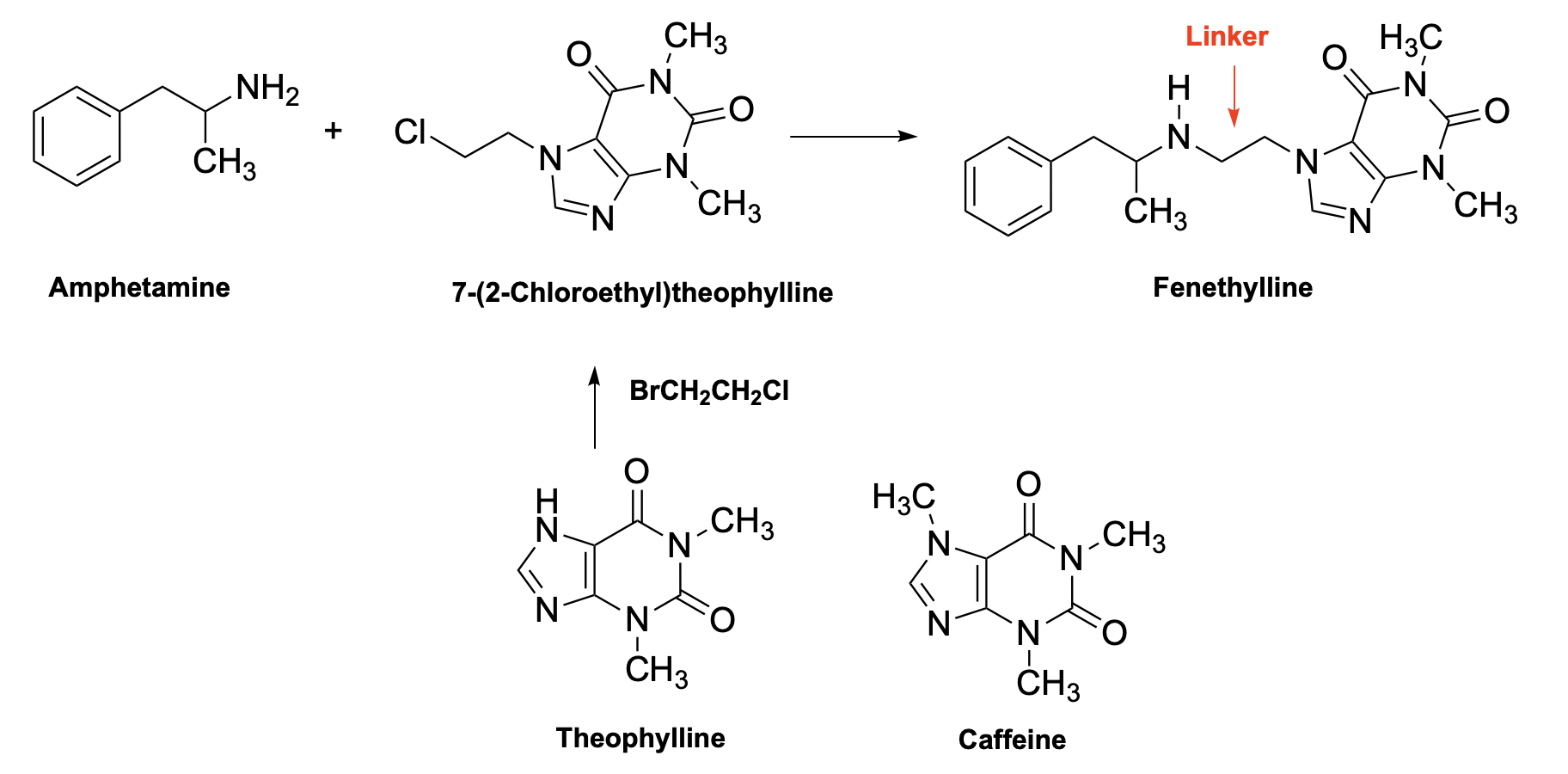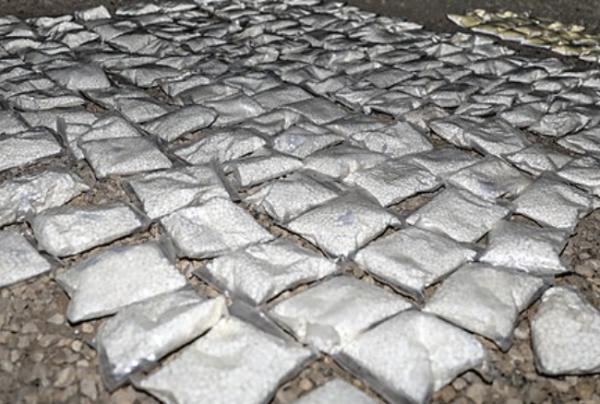Just what we don't need. As if the unparalleled destruction being wrought by illicit fentanyl isn't bad enough.
Fenethylline, aka captagon, is a "double stimulant" – one molecule of amphetamine chemically linked to a molecule of theophylline, a stimulant, and an old asthma drug. The drug is pouring out of Syria, responsible for the vast majority of worldwide production. The quantities are staggering. It has been estimated that fenethylline is a 57 billion dollar business, three times that of all Mexican drug cartels together. Perhaps worse, the drug, invented in the 1960s and originally a legally prescribed medication used for ADHD and narcolepsy, is simple to make and inexpensive. And highly addictive.
The drug is also very popular with young Saudi Arabians who use the drug at raves, and its price – between $3 and $25 per pill makes for an inexpensive but intense high. Of course, there are consequences. Three-quarters of Saudis who seek treatment for drug abuse do so because they become addicted to the amphetamine "contained" within the fenethylline molecule (discussed below). This is why the drug is referred to as "poor man's cocaine," although this same name is also used to describe other drugs, one of which is the antidepressant Wellbutrin. Captagon/fenethylline is sometimes called the "drug of jihad." Saudi Arabia is not the only country concerned by the availability of the drug; ministers from Egypt, Iraq, and Jordan have met to “take the necessary steps to end smuggling on the borders with Jordan and Iraq.”
Worse, but not surprisingly so, is that Syrian President Bashar Assad, whose country is responsible for the vast majority of captagon production, has been accused of actively supporting the manufacture and distribution of the drug.
“The Assad regime realized that this is something they can weaponize for political gain ... and that’s when production started being on a large scale”
Karam Shaar, a senior fellow at Washington-based New Lines Institute. Quoted from a 2023 Associated Press article.
This is quite a drug
In a review titled "Fenethylline (Captagon) Abuse – Local Problems from an Old Drug Become Universal," Nikolaou and colleagues write:
It is also believed to be used by Islamic State fighters (jihadist fighters), alone or along with other hallucinogenic pills, in order to boost their fervour and go to the battle without caring whether to live or die. As captagon gives a ‘sense of well-being, extra energy and euphoria’ militants and jihadist fighters ‘can stay awake for days at a time’, ‘keep up their motivation’ and ‘allow them to withstand the pain of being shot by bullets on the battlefield’ and feel ‘they are invincible and nothing can harm them
Charming.
The chemistry of fenethylline
As is the case with many common drugs of abuse, fenethylline is simple to synthesize (Figure 1). Amphetamine (widely available) is reacted with a 7-(chloroethyl) theophylline derivative, which is easily prepared in a separate reaction from theophylline (a widely available prescription medication) and a simple two-carbon reagent. One step. It's no wonder that the drug is so widely available.

Figure 1. Fenethyline is easily synthesized from amphetamine and a theophylline derivative (7-(chloroethyl)theophylline). The latter can be made by the alkylation of theophylline with a common two-carbon reagent, such as bromoethyl chloride. The result is a molecule containing both stimulants held together by a two-carbon linker. Note that caffeine, which is sometimes added to captagon for an added boost, is chemically identical to theophylline, with the exception of a single methyl group.
Why is fenethyline such a powerful stimulant?
It's all about metabolism. One might naively guess that since fenethyline is a "combination" of two stimulant drugs, it would break down in the body to form both of them. In this case, the guess is correct. Although the pharmacokinetics of fenethyline are little studied, a 1970 paper in the European Journal of Pharmacology concludes, "Conclusions based on these metabolic data suggest that fenetylline pharmacologic action may be due primarily to its metabolic degradation to amphetamine and theophylline." (1)
How does this work? It's a degradation reaction that is very common in the body's processing of amine drugs and many others – cytochrome P450 oxidation. Here's the reaction (Figure 2).

Figure 2. Fenethyline undergoes hydroxylation (green box) by a CYP enzyme. The resulting intermediate (which is called an aminal - a useless piece of information if ever there were one - is chemically unstable and breaks down (red squiggly line), forming amphetamine.
Theophylline is formed similarly (Figure 3).

Figure 3. Fenethyline undergoes hydroxylation at the other carbon atom in the two-carbon linker. This again forms an unstable intermediate, which breaks down to theophylline.
I'm out of fenethyline—time to stop.
As usual, when I do a chemistry-heavy article, I apologize to all the non-chemists who are valiantly trying to follow something that must look like gibberish. It would not be unfair to call this article a "jihad against ACSH followers." Which, I guess, makes me a chemical terrorist.
NOTE:
(1) It's not that simple. The metabolism of the theophylline portion of the molecule forms a big mess of other theophylline oxidation products in addition to theophylline. Don't go there.




